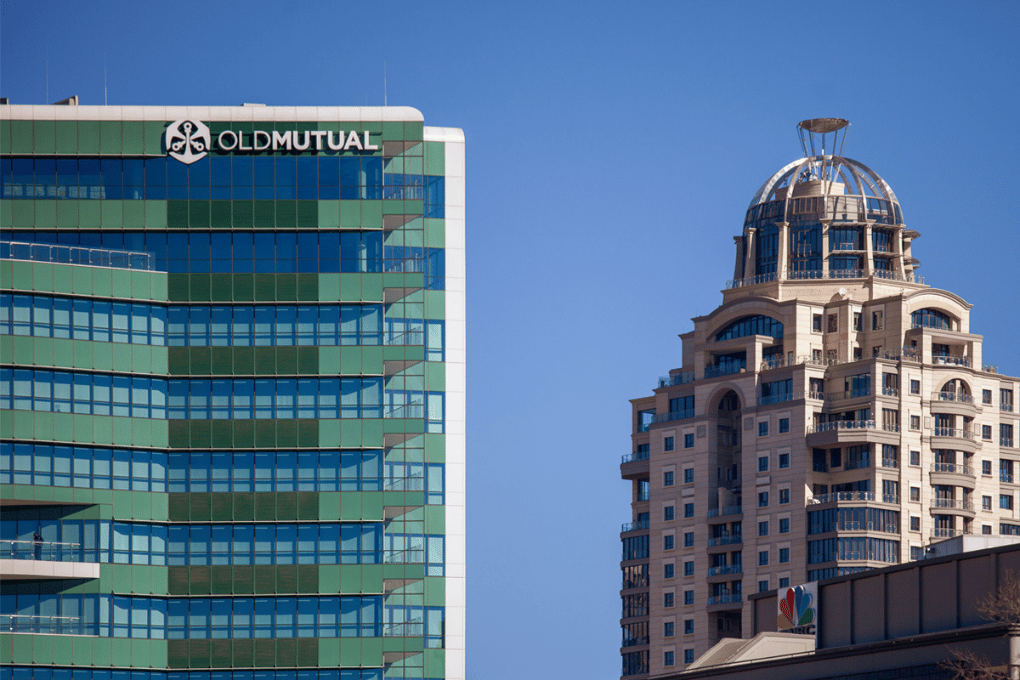Warning for interest rates in South Africa

The reelection of Donald Trump introduces new uncertainties to South Africa’s interest rate outlook and economic trajectory. Trump’s plans to impose tariffs on BRICS countries or those backing a shared currency threaten South Africa’s exports and may worsen currency pressures. While South Africa’s inflation is at a four-year low of 2.8%—below the SARB’s midpoint target of 4.5%—the rand faces downward pressure due to a stronger dollar, following shifts in the US Federal Reserve’s interest rate outlook.
Old Mutual Wealth’s Izak Odendaal notes that while US inflation has cooled from recent highs, it remains above the Federal Reserve’s 2% target, making substantial rate cuts unlikely. This limits the SARB’s capacity to lower domestic rates without risking further currency depreciation. Following 50 basis points in cuts in September and November, economists anticipate an additional 50 basis points worth of reductions in 2025, although Trump’s policies could alter this trajectory.
Trump’s rhetoric on a potential BRICS currency has also raised concerns. However, South Africa and BRICS have clarified that no plans exist to create a shared currency. Instead, BRICS advocates increased trade in national currencies to reduce reliance on the dollar and mitigate foreign exchange risks.
The SARB must navigate these global and domestic risks carefully, balancing the need for growth-stimulating rate cuts with the challenges posed by external economic pressures and volatile exchange rates, ensuring financial stability while supporting local economic recovery.
